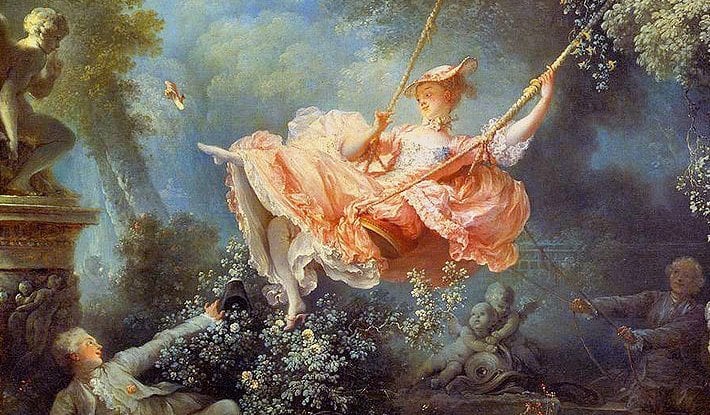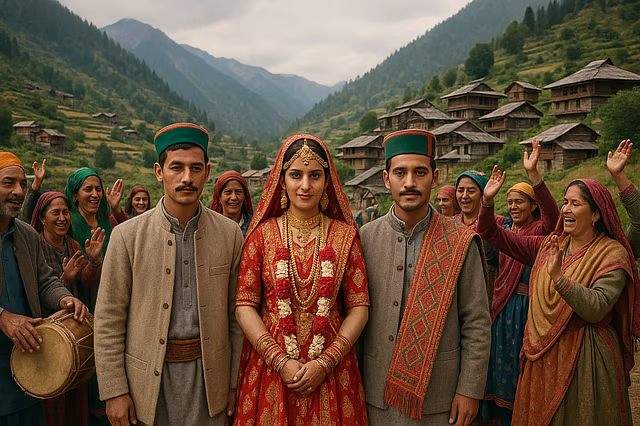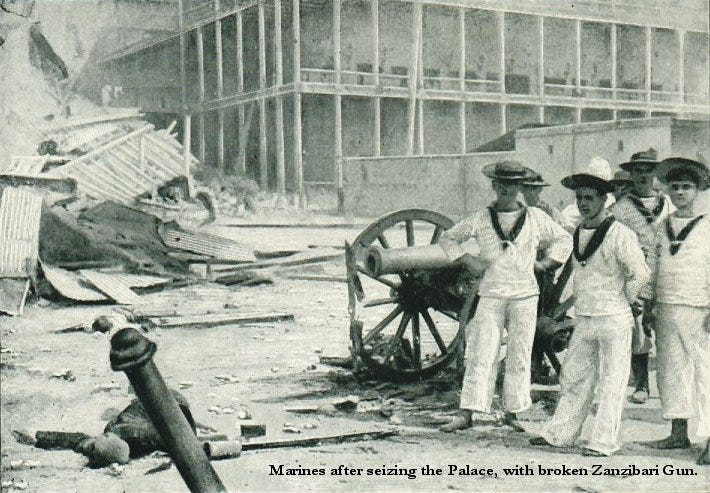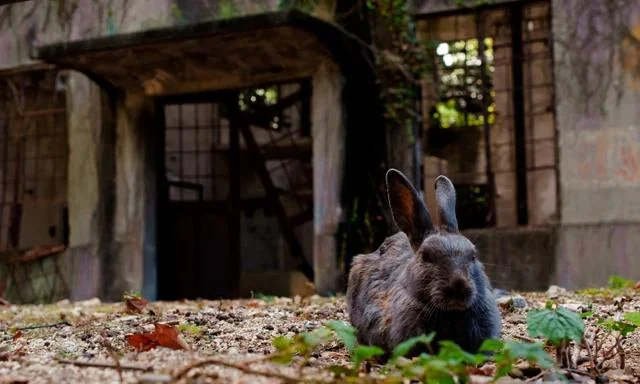innovuscollege.com – The Rococo art movement, which flourished in 18th-century France, is known for its ornate, playful, and decorative style. Emerging as a reaction against the grandeur of the Baroque period, Rococo emphasized lightness, pastel colors, asymmetry, and themes of romance and leisure. This movement not only transformed painting and sculpture but also deeply influenced architecture, interior design, and fashion across Europe.
Origins of Rococo
Rococo developed in early 18th-century France, during the reign of King Louis XV. After the death of King Louis XIV, who favored the strict and formal grandeur of Baroque style, the French aristocracy sought a lighter, more intimate aesthetic. The movement first appeared in interior design, particularly in the salons of Paris, where the nobility gathered for social and intellectual discussions. From there, Rococo expanded into painting, sculpture, and decorative arts, spreading to countries like Germany, Austria, and Italy.
The name “Rococo” is derived from the French word “rocaille”, meaning rock or shell, a reference to the shell-like motifs and curving forms commonly found in Rococo decoration.
Characteristics of Rococo Art
Rococo is often described as elegant, sensual, and whimsical, with a focus on beauty and pleasure. Its key characteristics include:
🎨 Soft Pastel Colors – Unlike the dark and dramatic tones of Baroque art, Rococo favored delicate shades of pink, blue, gold, and ivory.
🎭 Playful & Lighthearted Themes – Scenes of love, courtship, mythological fantasies, and aristocratic leisure were common subjects.
💫 Ornate & Asymmetrical Designs – Rococo art featured elaborate scrolls, floral motifs, and curved lines, creating a sense of movement.
🌿 Nature-Inspired Elements – Artists used flowers, vines, shells, and clouds to create a dreamlike, enchanting effect.
💑 Romantic & Intimate Settings – Many Rococo paintings depict charming gardens, luxurious palaces, and private gatherings, emphasizing elegance and refinement.
Famous Rococo Artists and Their Works
Several artists defined the Rococo movement, creating some of the most charming and elegant artworks of the 18th century:
1. Jean-Honoré Fragonard (1732–1806)
🖼️ “The Swing” (1767) – One of the most famous Rococo paintings, depicting a young woman in a pink dress being playfully pushed on a swing while her lover secretly watches from below. The painting captures the romantic, flirtatious, and joyful spirit of Rococo.
2. François Boucher (1703–1770)
🖼️ “The Birth of Venus” (1740) – A perfect example of Rococo’s mythological themes and sensuality, featuring soft pastel colors and flowing movement.
3. Antoine Watteau (1684–1721)
🖼️ “Pilgrimage to Cythera” (1717) – A poetic painting that shows aristocrats traveling to the mythical island of love, embodying the dreamy, romantic atmosphere of Rococo.
Rococo in Architecture and Interior Design
Rococo’s influence extended beyond painting into architecture and interior design, creating some of the most extravagant palaces and churches in Europe.
🏰 Palace of Versailles (France) – Though originally Baroque, Versailles was later decorated with Rococo-style interiors, featuring intricate gold moldings, pastel-colored frescoes, and elegant mirrors.
⛪ Wieskirche (Germany) – A Rococo-style church known for its ornate ceilings, pastel-colored walls, and elaborate stucco decorations.
🏛️ Amalienburg Pavilion (Munich, Germany) – A masterpiece of Rococo interior design, featuring curved mirrors, floral motifs, and delicate chandeliers.
The Decline of Rococo and the Rise of Neoclassicism
By the late 18th century, Rococo began to lose popularity, especially as political and social changes swept through France. Critics saw it as frivolous and disconnected from reality, particularly in a time when the lower classes faced hardship.
With the rise of the Enlightenment and growing interest in classical antiquity, a new artistic movement emerged—Neoclassicism. This style, which emphasized simplicity, order, and moral themes, replaced the playful elegance of Rococo with more serious and structured compositions.
Legacy of Rococo Art
Although Rococo declined, its influence remained strong in decorative arts, fashion, and interior design. Today, Rococo is admired for its graceful, dreamy aesthetic and its contribution to the history of European art. Museums around the world continue to showcase Fragonard’s romantic paintings, Boucher’s mythological scenes, and Watteau’s poetic visions, reminding us of an era where beauty, pleasure, and refinement were at the heart of artistic expression.





